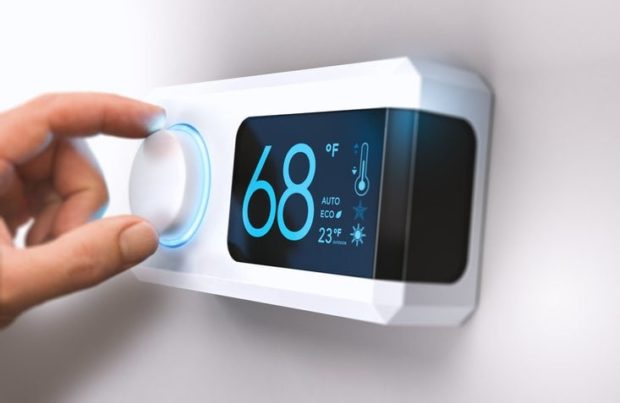If you are thinking of renting out a property, you need to make it as attractive to renters as possible, without spending large amounts of money that it will be difficult for you to recoup. It’s important to consider what renters want from a property, and balance this against what you can afford to invest in making changes.

Do not forget that you will have ongoing costs as a landlord, such as property maintenance. You need to make sure that you are still in a profitable situation after these costs. This is why you should plan expenditure carefully. One of the most important factors for renters today is energy efficiency. They want to be able to reduce the amount that they spend on energy bills as much as possible. So, should you install a programmable thermostat in your property, to make it a more attractive proposition?
The pros and cons of a programmable thermostat
You may have heard that a programmable thermostat can lead to energy savings of between 10% and 30%. This may seem like an attractive positive to help attract interest in your property. However, practice is different to theory when it comes to using a programmable thermostat. They need to be used in a precise manner in order to provide maximum benefit. Actual savings tend to be around 6%.
The benefits of a programmable thermostat are limited, so you may decide that it’s not worth the investment. However, if you want to include one of these thermostats as part of an overall energy efficiency investment, you should:
- Make sure that tenants are able to use the thermostat in the correct manner.
- Make sure that thermostats are not placed close to areas where cooking or heating takes place, so that the readings remain accurate.
- If the property is multi-let, install a thermostat in each separate living space.
The bigger picture
In truth, renting out a property that is energy efficient is about far more than just installing a programmable thermostat. It’s more important to take care of other tasks such as:
- Laying insulation in lofts, attics and crawl spaces.
- Fitting weatherproofing strips around doors and windows.
- Installing an energy efficient boiler.
- Making sure appliances all have a high energy efficiency rating.
The strict energy efficiency rules for landlords that have been introduced in the UK do not apply in Australia. However, they are certainly worth looking at as a means of seeing what improvements you could be making.
Energy efficiency is high on the agenda right now, across the globe. Making sure that your rental property is energy efficient helps to attract renters and contributes to the protection of the environment. In terms of how you achieve this efficiency, installing a programmable thermostat should not be your first concern, but a possible addition after the basics of effective insulation and an efficient boiler are dealt with.



